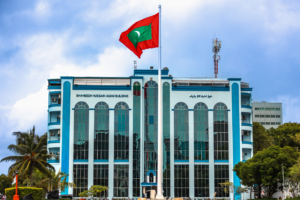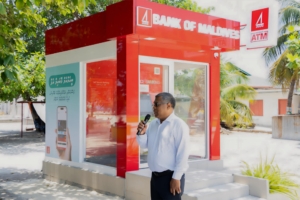A very common, and absolutely valid reaction to learning that someone you have recently met with, or been in close contact with has tested positive for Covid-19, is questioning whether you may have been exposed to the virus. In any such case, the first thing you should do, is try to stay calm and rationally evaluate the situation.
Next, recall whether you practiced all the necessary safety and precautionary health precautions at all times. Walk back down memory lane, and remember whether your mask was on right. Whether you maintained the appropriate amount of physical distance, and if you ensured hand hygiene well enough with minimal contact with your eyes, nose or mouth. If so, kudos to you!
Now, in order to determine whether you might actually have been a contact, let’s consider how you might find out that the individual you have come into contact has tested positive.
The most common way to find out is through contact tracing, when the individual who tested positive informs authorities of their whereabouts and who they met with. In such cases, if the person is a close acquaintance of you, they may also call you up and inform you of their health status.
Another way is that you find out through the grapevine, or through authorities, when there is an announcement of a positive case from a certain location during a certain time frame, which aligns with your time there.
In all such cases, the best thing to do, is to contact your relevant health care authorities, and clarify whether you classify as a direct contact. Even if you don’t, it’s never a bad idea to get your self tested, and self quarantine, if you have the means to do so.
But let’s look at how authorities decide whether you are a direct contact. According to the Centers for Disease Control and Prevention (CDC), a close contact of an individual who tested positive is, “any individual within 6 feet of an infected person for a total of 15 minutes or more”. Now that this is established, the next aspect to consider, is at what point did you come into contact with the individual. Was that individuals symptomatic or asymptomatic at the time of contact?
The CDC website further reads that, a close contact, or a direct contact of a positive individual is “someone who was within 6 feet of an infected person for a cumulative total of 15 minutes or more over a 24-hour period* starting from 2 days before illness onset (or, for asymptomatic patients, 2 days prior to test specimen collection) until the time the patient is isolated.“
This means, that when authorities are considering individuals who might be direct contacts, they would consider whether the person was symptomatic or asymptomatic at the time of sample collection. If the individual was symptomatic, contact tracing period would begin two days prior to the individual becoming symptomatic and would end until the individual was placed in isolation. If the individual was asymptomatic at the time of testing positive for the coronavirus, the contact tracing period would begin two days prior to sample collection and would last until the individual was placed in isolation.
So if you check all these boxes or if you are uncertain, the best course of action for the safety of yourself, your loved ones and everyone around you, would be to contact a relevant health care facility and discuss your situation. If you are in the Maldives, this would be the Health Protection Agency (HPA) hotline at 1676 or your nearest hospital or health center.
You are likely going to be instructed to remain in self quarantine, until arrangements are made for your sample to be collected. While you wait for your results to come back, it is absolutely essential that you remain in self quarantine, and do not go out, in case your tests come back positive. In the Maldives results often come back within 24 to 72 hours, and if you are positive, further instructions will be given as to how your isolation period would be managed.
Undoubtedly, it is absolutely essential for everyone to cooperate with the authorities and provide the most accurate information to the best of their knowledge, in order to ensure that numbers do down and the spread of the virus is curbed.
However, with the number of cases on the rise in the Maldives, authorities continue to urge anyone who might have come in contact with a positive individual, or anyone who might be exhibiting any one of the classic Covid-19 symptoms to contact health care authorities, and follow through necessary procedures to ensure that you have not been exposed to the virus.
Going back to the basics, any of the following may be considered as symptoms, and individuals are urged to seek immediate medial attention if any difficulty in breathing, loss of speech or movement, shortness of breath or chest pain or pressure is experienced.
- fever
- headache
- cough
- tiredness
- aches and pains
- sore throat
- diarrhea
- conjunctivitis
- headache
- loss of taste or smell
- a rash on skin or discoloration of fingers or toes
- Difficulty breathing or shortness of breath
- chest pain or pressure
- loss of speech or movement
So to sum it up, mask up. Maintain physical distance. Wash your hands. Contact health care authorities if you are symptomatic or have reason to believe that you might be exposed to the virus. Provide accurate information during contact tracing. Comply with instructions provided by authorities, and last of all, stay safe.





